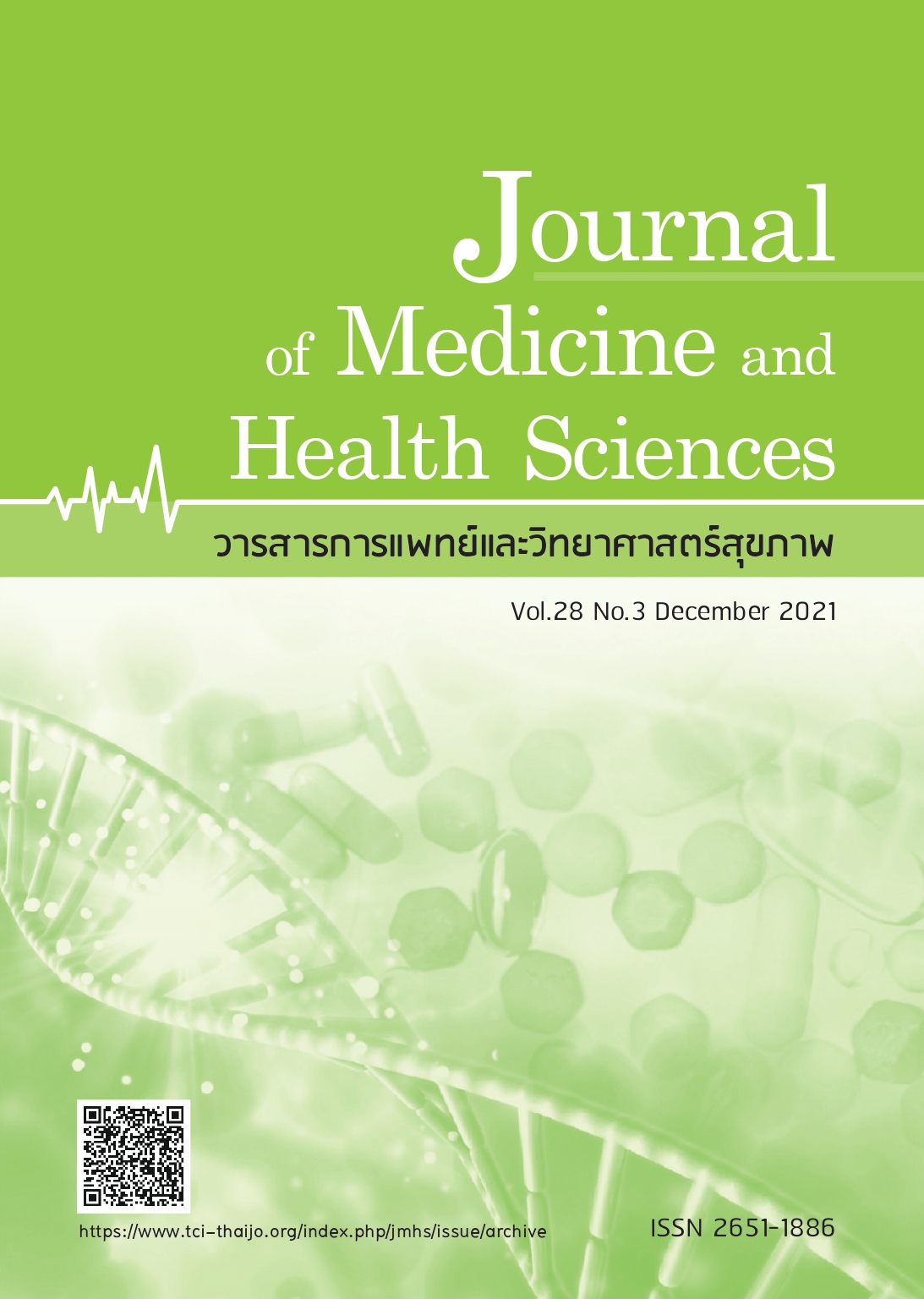Dengue Shock Syndrome complicated by acute liver and renal failure
Keywords:
Dengue shock syndrome, severe dengue, acute liver failure, acute renal failureAbstract
Abstract
The severity classification of viral infections according to the WHO 1997 and WHO 2009 criteria are consistent across two major disease mechanisms: plasma leakage and bleeding disorders. According to the WHO (1997) criteria, dengue hemorrhagic fever patients were divided into four levels of severity. In grade I and grade II, the patient was not affected in terms of shock. In grade III and IV dengue hemorrhagic patients, plasma leaks outside the capillaries. Grade III patients have a weak pulse, narrow pulse pressure (≤ 20 mmHg), and grade IV patients have a severe shock in which pulse and pressure cannot be measured, which is also called Dengue Shock Syndrome (DSS). The WHO (2009) criteria classified dengue infections as dengue with warning signs and severe dengue. When a large volume of plasma leaks, it results in multiple systemic complications in the body of the patient. Patients with acute hepatic failure were also associated with acute renal failure and the occurrence of this condition was also known as hepatorenal syndrome. The patients were found to have severe liver failure resulting in portal hypertension and acute oliguric renal failure. In the early stages, the kidneys functioned normally. However, there was a circulatory disorder and a decrease in blood supply to the kidneys, which eventually caused the death of the patient, if not treated promptly. At present, there is no specific therapeutic approach, including hydration, electrolyte balance, periodic monitoring of laboratory results, acidosis treatment, therapeutic plasma therapy exchange, the use of artificial or temporary hemodialysis, and renal replacement therapy, in which the physician must select the appropriate treatment for each patient, based on the clinical conditions of patients.
References
doctors. 4th ed. Bangkok: The War Veterans Organization of Thailand; 2018. (in Thai)
2. World Health Organization (WHO). Dengue: Guidelines for diagnosis, treatment, prevention and control. 4th ed. Geneva. Switzerland: World Health Organization;
1997 (cited 2021 May 1). Available from: http://www.who.int/csr/resources/pu.
3. World Health Organization (WHO). Dengue: Guidelines for diagnosis, treatment, prevention and control. Geneva: World Health Organization; 2009 (cited 2021 May
1). Available from: http://www.who.int/ rpc/guidelines/9789241547871/en/.
4. World Health Organization Regional Office for South-East Asia. Comprehensive guidelines for prevention and control of dengue and dengue haemorrhagic fever.
World Health Organization; 2011 (cited 2021 May 1). Available from: http://apps. searo.who.int/pds_docs/B4751/pdf.
5. Suwarto S, Nainggolan L, Sinto R, et al. Dengue score: A proposed diagnostic predictor for pleural effusion and/or ascites in adults with dengue infection.BMC Infect Dis 2016;16:322.
6. Potts JA, Thomas SJ, Srikiatkhachorn A, et al. Classification of dengue illness based on readily available laboratory data. Am J Trop Med Hyg 2010;83:781-8.
7. Dewi R, Tumbelaka RA, Sjarif RD. Clinical features of dengue hemorrhagic fever and risk factors of shock event. Paediatrica Indonesiana. 2006;46:144-48.
8. Huang YS, Lee KI, Liu WJ, et al. Clinical features of and risk factor for rhabdomyolysis among adult patients with dengue virus infection. Am J Trop Med Hyg 2015;92:75-81.
9. Samanta J, Sharma V. Dengue and its effects on liver. World J Clin Cases 2015;3:125-31.
10. Treeprasertsuk S, Kittitrakul C. Liver complication in adult dengue and current management. Southeast Asian J Trop Med Public Health 2015;46:S99-107.
11. Fernando S, Wijewickrama A, Gomes L, et al. Patternas and causes of liver involvement in acute dengue infection. BMC Infect Dis 2016;16:319. Doi: 10.1186/s12879-016-1656-2.
12. De Macedo FC, Nico AF, Cooper LD, et al. Histologic, viral, and molecular correlates of dengue fever infection of the using highly sensitive immunohistochemistry.
Diagn Mol Pathol 2006;15:223-8.
13. Parkash O, Almas A, Jafri SM, et al. Severity of acute hepatitis and its outcome in patients with dengue fever in a tertiary care hospital Karachi, Pakistan (South Asia). BMC Gastroenterol 2010;10:43. Doi:10.1186/1471-230X-10-43.
14. Acharya S, Shukla S, Mahajan SN, et al. Acute dengue myositis with rhabdomyolysis and acute renal failure. Ann Indian Acad Neural 2010;13:221-2.



